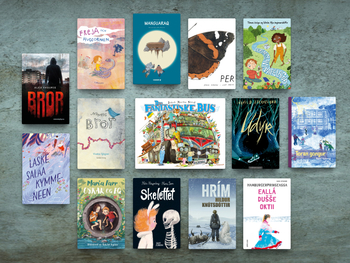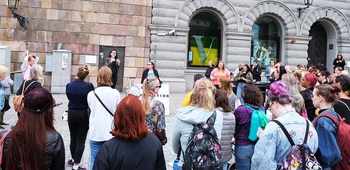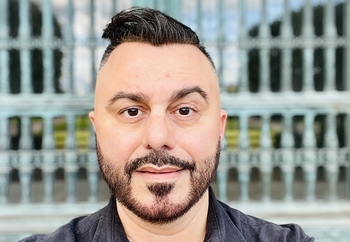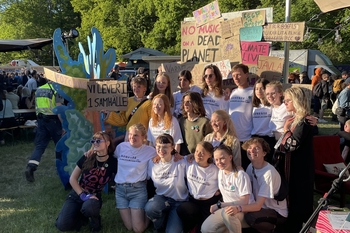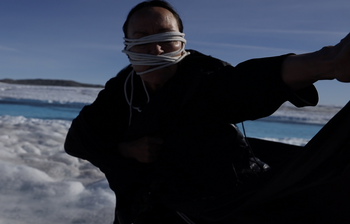How Nordic children’s literature depicts difficult contemporary issues
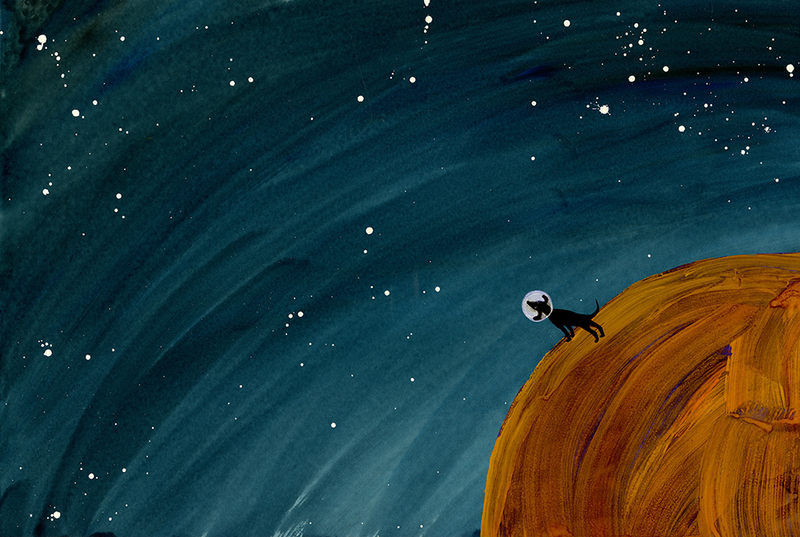
The anthology “The Length and Breadth of the Nordic Region – Social sustainability in Nordic children’s and young people’s literature” is the result of a unique collaboration between Nordic researchers, authors, and illustrators. From a broad perspective, they have examined how difficult topics such as violence, death, and illness, but also humour and dreams of a better world take shape in the literature that fills the bookshelves of young people in the Nordic Region. The anthology is the last in a trilogy.
Sustainability as an ideal
In an age of constant headlines about the climate crisis and environmental destruction, it can be a challenge to tackle such an all-encompassing concept as sustainability from a literary perspective. In general, sustainability is described on the basis of three perspectives – social, economic, and ecological – where the focus of social sustainability is people.
“Sustainability is high on the agenda. Whether it’s economics, production, consumption, migration, or domestic and foreign policy, sustainability is highlighted as an ideal, a guarantor of a long-term perspective and stability (the very core of sustainability),” writes Peter Kostenniemi, PhD student in literary studies at Stockholm University. He also gives examples of how unsustainable situations can be conveyed in books:
“Post-apocalyptic zombie stories portray unsustainability in its most extreme form: the living dead feed on the living, resources dwindle as a result of reckless consumption, and human relationships end in enmity and competition.”
Reality as it is
How does Nordic children’s and young people’s literature comment on this ideal, this social sustainability? And is it even possible? Dr. Anna Karlskov Skyggebjerg, Deputy Head of Department at the Danish School of Education (DPU) at Aarhus University, describes Nordic picture books as quite fearless:
“Although Nordic picture books often tackle subjects that transcend different taboos, it’s often debated whether it’s even possible to write about traumatic experiences, including war, with a children’s audience in mind.”
The anthology discusses different perspectives on whether literature for young people should have a role in improving society, and states that even if the intentions of literature are good, this doesn’t mean that the story must be agreeable.
“The socially sustainable element in children’s literature instead moves away from political slogans and offers an aesthetic sense that something is wrong, and that what actually exists should be different,” says Olle Widhe, Professor of Literature at the University of Gothenburg.
Björn Sundmark, Professor of English Literature at Malmö University, describes the static and the dynamic as two basic perspectives on how social sustainability can be achieved and which pull in different directions. These two perspectives can also be seen in the literature:
“On the one hand, you have Bullerby nostalgia and the feudal medieval worlds of fantasy, where the roles are (usually) fixed, predictable, and safe. On the other hand, there’s the promise of change, opportunity, and potential in LGBTQ+ books and diversity literature. It’s social sustainability with two completely different melodies.”
Dr. Nadia Mansour, head of teacher education in Aarhus, is researching the representation of minority groups in children’s and young people’s literature:
“In my definition of multicultural literature, I argue for a focus on multicultural national stories. I strive to strengthen national cohesion by including minorities as part of the country’s self-narrative.”
Six stories and a sustainable cycle
Jesper Wung-Sung and Jenny Lucander, Zakiya Ajmi, and Sara Lundberg, as well as Karen Siercke and Adam O. are some of the authors and illustrators who, with the titles such as “Mif’s verden” (which translates as “Mif’s World”), “Liv i rummet” (which translates as “Life in the Room”), and “Lagkaos” (which translates as “Lawlessness”) have contributed to the six completely unique stories presented in the anthology. The anthology also offers a number of research-heavy essays on social instability, minorities, and diversity, as well as a sustainable cycle. Editor and project manager Sofie Hermansen Eriksdatter says:
“The seminars that precede the anthologies have served as important venues where researchers, authors, agents and illustrators from all over the Nordic Region have the opportunity to meet and exchange their experiences and ideas. It’s been an interdisciplinary and a cross-aesthetic networking platform where professional collaboration has been made possible by the vision of the programme.”
Editors Mia Österlund and Maria Lassén-Seger are confident about the future of Nordic children’s and young people’s literature:
“A fertile breeding ground is needed to cultivate new children’s literary giants that challenge the Nordic welfare society, look at it closely, and write and draw unforgettable literary characters and environments. It’s a sure foundation for socially sustainable children’s literature.”
About “The Length and Breadth of the Nordic Region”
“The Length and Breadth of the Nordic Region” is an anthology trilogy that’s part of Lyftet – an initiative from the Nordic ministers for culture in the field of children’s and young people’s literature. The primary initiative is an annual interdisciplinary seminar on current Nordic children’s and young people’s literature, which results in the publication of a three-part anthology on the themes of the seminar and other relevant topics. The contributions to the anthology are in Danish, Norwegian, and Swedish.
